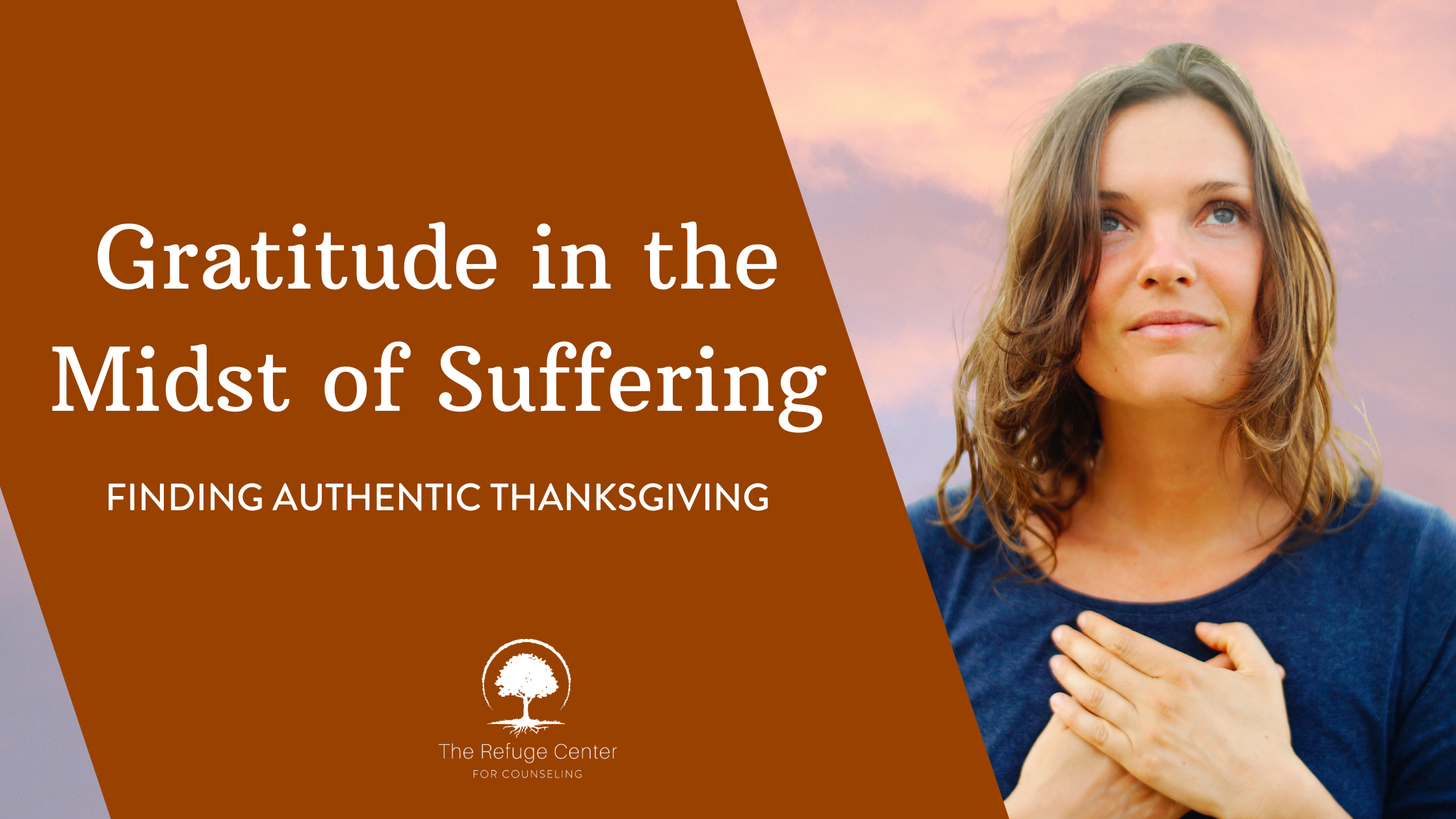Albert Ellis, a famous cognitive theorist (who is known for using colorful language) often exclaimed, “Stop shoulding on yourself!” to clients. When I first heard one of my professors say this phrase, I felt myself recoil in my chair as I realized that “shoulding” was something that plagued me. Though I have worked to silence the “shoulds” over time, they still appear in unexpected places, and this weekend was no exception.
In an otherwise perfect moment of relaxation and calm, when I was sipping tea, engrossed in the world of a fantasy novel, my “should mind” barged in and wreaked havoc. It shouted, “Shouldn’t you be out enjoying the snow? I mean what are the odds it will snow in TN in the next few years? You should be more carefree and make a snowman for once. You even have a limited amount of daylight, so you should go right now.”
I protested and thought, “I am sitting by a fire, drinking tea, reading a book. I am so content right now. I do not need to play in the snow to enjoy the day.”
My “should mind” responded, “Fine, then if you don’t play in the snow then you really should be doing homework. You should get ahead in your classes. You should replace that fantasy novel with a textbook.”
I once again responded, “I have plenty of time to do the homework. I might even do some tonight after I finish this book.”
My “should mind” delivered the final blow and said, “You and I both know that you have to cook dinner, do the laundry, and clean the house. You should just do it now so you can relax later.”
I looked up from my book and felt my vision blur as I was yanked from the fantasy world in my novel back into the room I was in. My heart rate quickened, and I felt myself spiraling into a moment of stress.
If this is at all relatable, then I am thankful I am not alone.
I was born with a default “should” setting that is difficult to turn off for even a few hours on a snowy afternoon. I have found that the best way to quiet the “shoulds” in my mind is to name my emotions to tame my emotions. Dan Siegel, a psychiatrist, writer, and professor who is also the founding co-director of the Mindful Awareness Research Center at UCLA, originally created the technique “name it to tame it.” He implemented this technique with dysregulated children, but this technique is a gift to adults as well. Whether it is external pressures (deadlines, family opinions, putting dinner on the table, etc.) or internal pressures (self-deprecating thoughts, FOMO, or imposter syndrome) naming the emotions we are feeling can help decrease our stress response.
What happened in my brain in the example above is that my limbic system, which controls emotions, motivation and flight/flight responses, was triggered by my “should mind.” My body released cortisol, which is a stress hormone, when I spiraled into catastrophic thinking. The prefrontal cortex, which is the part of the brain that controls reasoning, problem solving and comprehension, turned off while the limbic system over engaged. When you name emotions, you reactivate the prefrontal cortex which, “signals the brain to send soothing neurotransmitters to our amygdala and the brain’s emotional centers, calming our bodies and minds, and helping us feel more in control” (Mindfulness.com).
I sat up and took a few deep breaths. I felt the tightness in my chest and the lump in my throat recede slightly. I allowed myself a moment to name my emotions.
Lonely. I had not seen people in 3 days because my car was stuck in 6 inches of snow and my husband was away on a work trip.
Fear. I was worried my homework was going to be too much to handle in the short amount of time I had to do it.
Anger. I was mad that I could not sit and read my book in peace without my mind wandering to “shoulds.”
Sad. I felt like I was making the wrong choice by relaxing. I was disappointed in myself.
As I named my emotions, I felt my body relax. No, I had not found a solution or suddenly siphoned out the cortisol that had rushed through my body moments before. However, I had noticed my feelings, which in turn allowed my brain to regulate itself.
Mindfulness.com outlined the “name it to tame it” technique below:
“1. You notice what your body is telling you: that you’re feeling angry, afraid, sad, etc.—and you take a deep, slow breath in
You recognize the fact that this situation is upsetting you—without reprimanding yourself—and you slowly exhale
You honestly name what you’re feeling: e.g., “anger, anger, anger” or “fear, fear, fear”—and you take a deep, slow breath in
Your notice your body slowly calming itself—and you exhale
You keep naming and breathing until you feel your body regulating. Naming the emotions creates a kind of healthy distance between you and the reaction. You recognize an important truth: you’re experiencing an emotion, but you aren’t caught up in or controlled by it.”
I want to normalize the “shoulding” experience. Moments of stress, panic, and/or anxiety are not always triggered by earth-shattering moments. My “shoulds” latched on to me in a moment when I thought I was immune to stress…reading a fantasy novel, with tea, in a winter wonderland. Judging myself for experiencing the “shoulds” is fruitless. However, naming my emotions so that my mind can self-soothe is a step I can take in the right direction.
“Name It to Tame It allows us to become the storytellers of our emotions, rather than characters with no agency. Over time, using this technique makes it easier for us to recognize what’s happening in our body and easier for us to signal to our brain that it’s okay to relax—and that can create a whole new story” (Mindfulness.com).
Life is unpredictable, and sometimes so is the mind. Forgive the mind for trying to protect you with “shoulds” even when it does not need to. Notice, name and let the brain miraculously tame. Then sip your tea, notice the snow on your window sill, and dive back into that fantasy world in your hands.
Resources
Name It to Tame It: Label Your Emotions to Overcome Negative Thoughts. (2022, May 26).
Mindfulness.com. https://mindfulness.com/mindful-living/name-it-to-tame-it
Whole-Brain Child Handouts. (n.d.). Dr. Dan Siegel.




